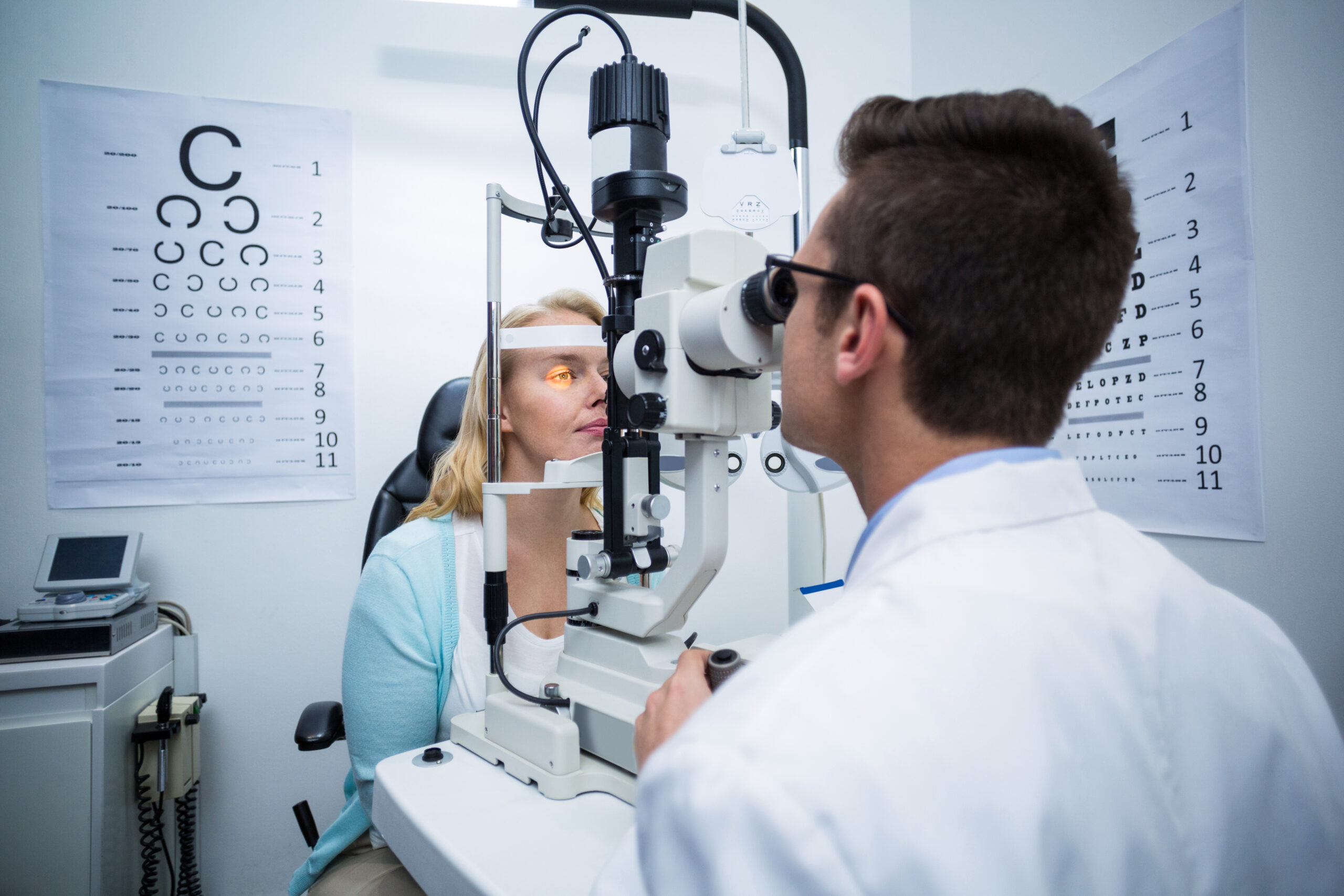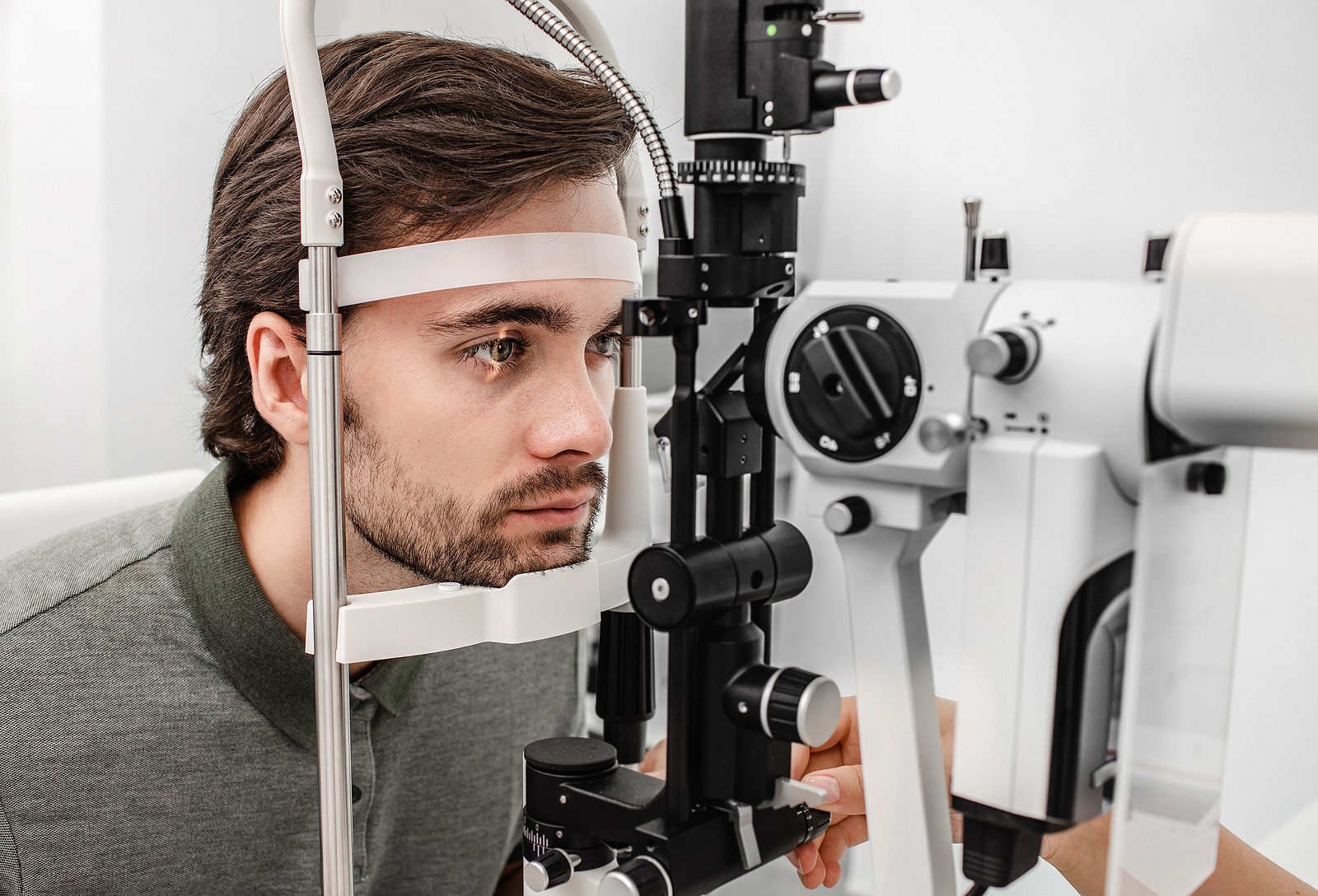Vision Disorders That LASIK Can Treat

What Issues can LASIK Treat?
LASIK is performed to correct refractive errors such as nearsightedness, farsightedness and astigmatism. LASIK corrects the corneal shape that causes these refractive errors so light can focus directly on the retina.
Nearsightedness (Myopia)
Nearsighted or myopic patients need glasses for distance vision. These patients usually begin wearing glasses at a younger age and need them predominately for far vision. Myopic patients make up the majority of contact lens wearers and the majority of LASIK patients. These patients are able to see far and near through one pair of contacts or single vision glasses until they become presbyopic.
Presbyopia
Presbyopia is a process that happens to all of us as we age. As the lens in the eye begins to harden with age, we are no longer able to change the shape of the lens when we try to focus on nearby objects. This usually happens in our 40s. These are the patients that switch into bifocals or progressive glasses and in order to see near when wearing distance contacts, reading glasses become necessary.
One way to avoid reading glasses in this setting is to try monovision. With monovision, one eye is focused for distance and one eye is focused for near. This can take some adjustment, but many people enjoy monovision with contact lenses. Our LASIK laser eye surgery specialists are able to do the same thing with LASIK. When monovision LASIK is performed, patients are able to see far and near without glasses or contacts. This blended vision certainly takes some adjustment to become comfortable. The adaptation period varies in length from patient to patient.
To summarize, a patient under 40 who has LASIK for nearsightedness is able to see far and near without glasses or contact lenses. For patients over 45 or so, monovision would be necessary in order to have near and far vision. For those patients that desire distance vision in both eyes, reading glasses may be needed as presbyopia sets in.
Farsightedness
With farsightedness or hyperopia, patients generally do not wear glasses before age 40. As presbyopia occurs in this group of patients, reading glasses become necessary. As the years continue, distance glasses often become unavoidable as well.
Hyperopic patients are usually frustrated by vision because these patients do not need glasses earlier in life and later, vision correction for all distances becomes essential.
Laser vision correction works well for farsightedness. For patients roughly over 45, LASIK will correct distance vision so that these patients will only need glasses for near. Of course, monovision LASIK is a great option for hyperopia as well. With monovision, correcting one eye for distance and one eye for near, blended vision can result in independence from glasses or contact lenses.
Astigmatism
Astigmatism describes visual blur of an eye that is more oblong or football shaped rather than spherical or basketball shaped. With astigmatism, vision is blurred at distance and near.
Astigmatism can exist alone or in conjunction with farsightedness or nearsightedness. Astigmatism is fully correctable by LASIK. Patients with astigmatism do well with current LASIK platforms because we use iris registration.
Astigmatism is directional and with iris registration, the laser automatically places the laser vision correction ablation according to the unique landmarks of each patient’s iris so that every laser eye surgery is optimized.
Make an Appointment
Contact our team to book your appointment and find out what treatment plan is best for you.
View other related content by


